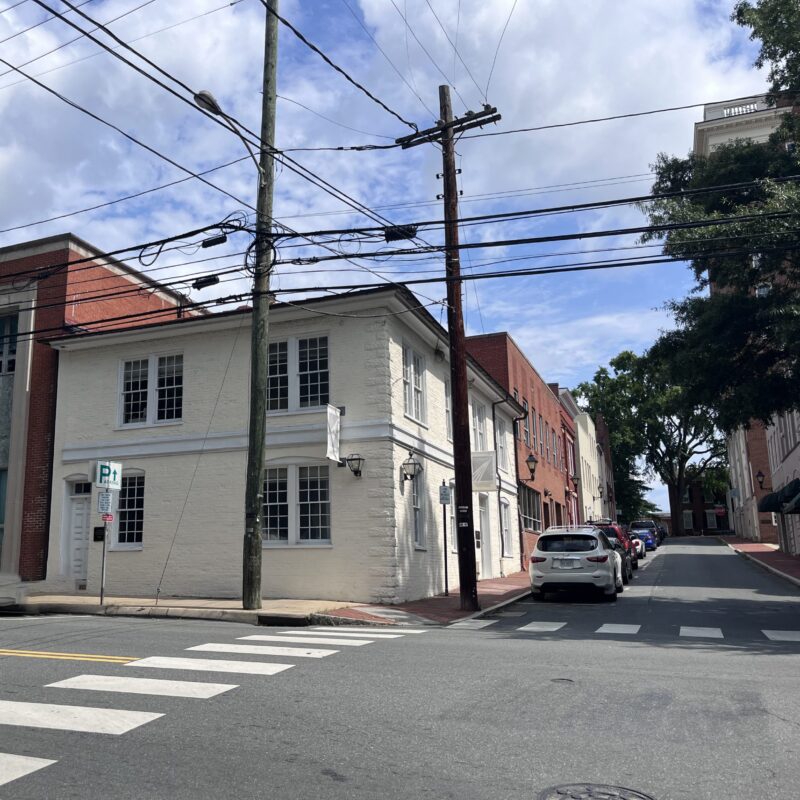While the guitar has been around since the days of Chaucer, it took some guy in Tennessee to make an innovation that, in retrospect, seems wholly obvious. And some years after that, it takes UVA physics professor Lou Bloomfield to explain it to the nation.
Bloomfield is the co-host of the Discovery Channel‘s "Some Assembly Required," a show that travels to factories and plants—like the Gibson plant in Tennessee—to take a closer look at just how everyday things, most of which we take for granted, work. And like most everything that he focuses his mind on, the Gibson guitar holds a degree of wonderment for Bloomfield.
 Physics professor Lou Bloomfield has long told UVA students how things work, but now he’s taking the show on the road as a co-host for a new Discovery Channel series. |
"It’s got all the strings pulling on the top of the neck, trying to bend the neck forward," he says. "That was a technological challenge for the people first making guitars. They made very thick necks, to keep the neck from bowing. One of the innovations that Gibson came up with was to insert a metal rod in the neck in a way that tends to bow it the other direction."
It seems simple now, but for hundreds of years, no one thought to reinforce the neck of a guitar.
"Lots of innovations look very straight-forward in hindsight," says Bloomfield. "But when they were first invented, there was a reason why it took people a long time to come up with them. It’s not so obvious."
From guitars to Wisconsin cheddar cheese to ice-making Zambonies, "Some Assembly Required" has taken Bloomfield across the country in search of the not-so-obvious hidden in everyday objects that have surprising scientific and technological beauty. Bloomfield is an atomic molecular and optical physicist ("I study the physics of atoms and molecules and their interaction with light") with a genuine curiosity about nearly everything.
Bloomfield landed the Discovery Channel gig when a former student auditioned for the role of the show’s host. He didn’t get it—it went to Brian Unger of "The Daily Show" fame—but while there, he recommended Bloomfield for the co-host spot. The show’s producers contacted Bloomfield, who is a natural fit.
"I really do like playing with things," he says. "I grew up taking everything apart. I spent so much time with my chemistry set, which was hardly a set, it was the kind of thing that was totally illegal. I was into all parts of science. Now I get to branch out and do all this crazy, wonderful, very practical science. It’s probably what I love best."
For 16 years off and on, Bloomfield has taught a course at UVA called "How Things Work." The class is one of the most coveted at UVA, despite a 2002 plagiarism scandal during which Bloomfield turned in 158 students for Honor Code violations. In that instance, he applied his energy to a program that analyzed papers for repeating six-word strings.
The job of conveying the science of everyday things to those without scientific backgrounds in class prepared him to explain complicated principles to a broader audience while entertaining them. The ongoing popularity of "How Things Work" suggests that Bloomfield shouldn’t have trouble with either.
"I have a lot of enthusiasm for a lot of the things I’m talking about," he says. "But it’s a human enthusiasm. I hope it’s not a geeky enthusiasm, where other people can’t identify."
C-VILLE welcomes news tips from readers. Send them to news@c-ville.com.





